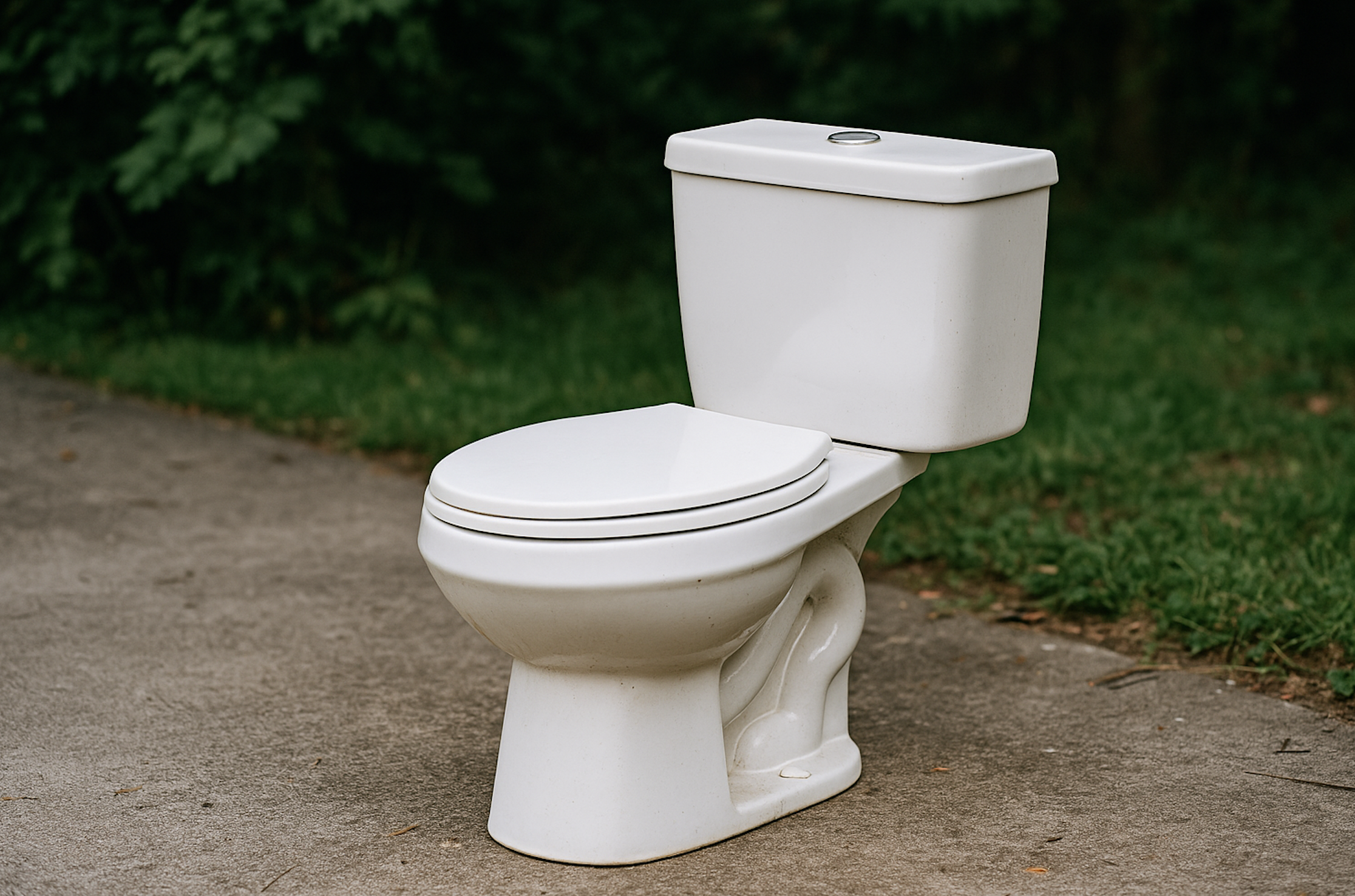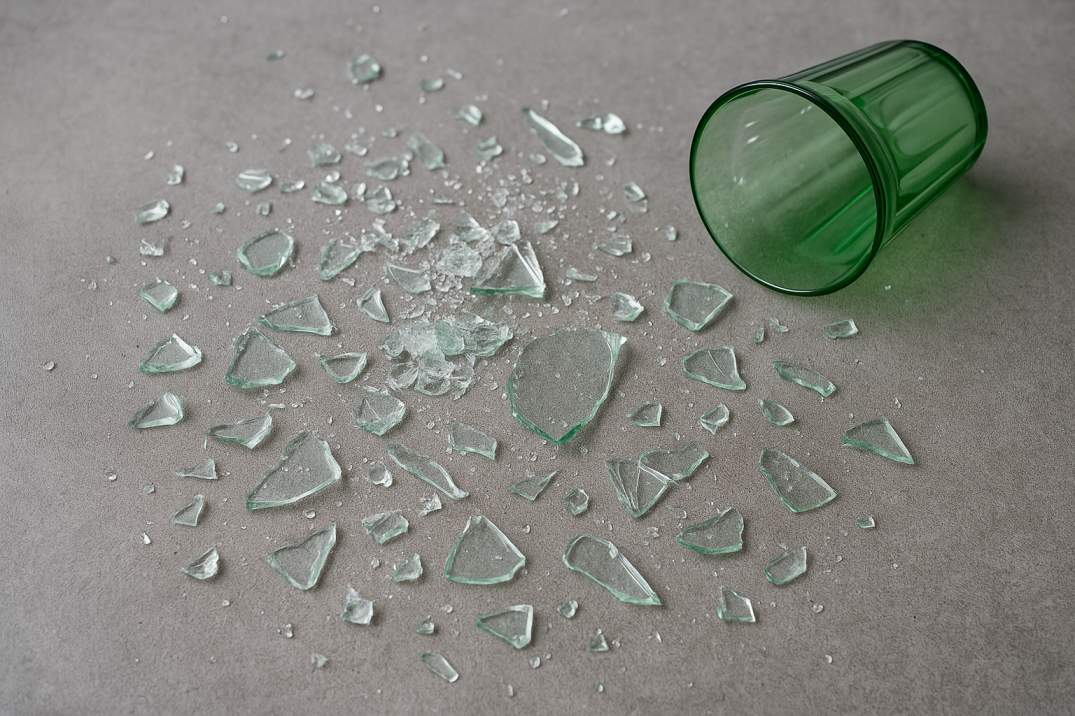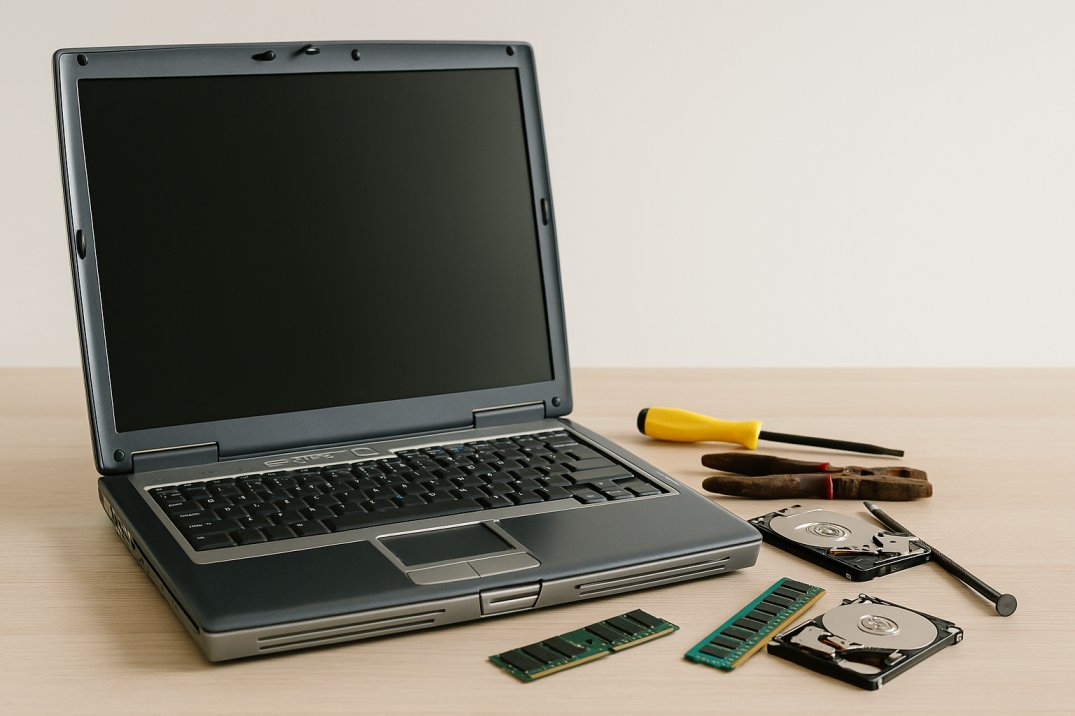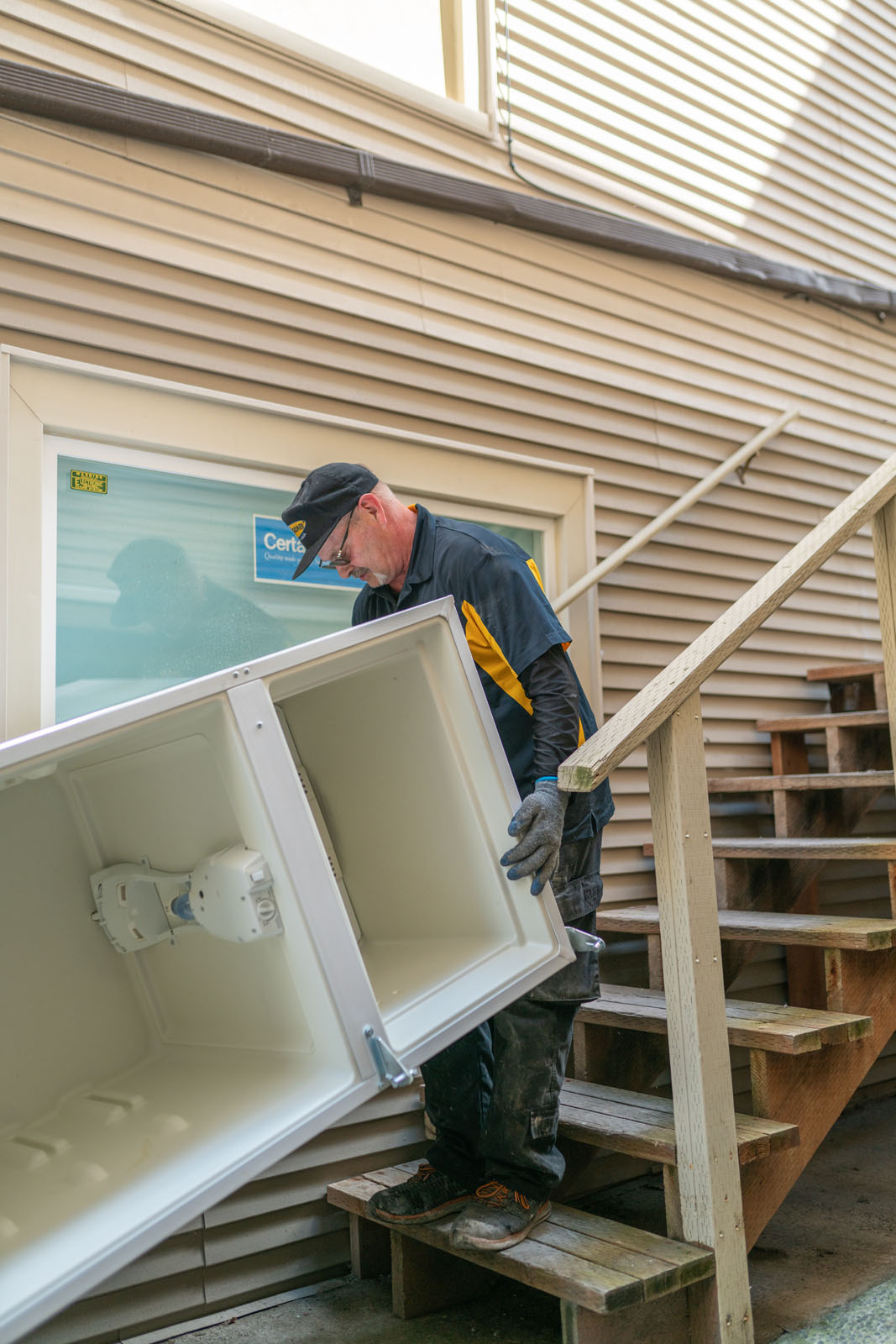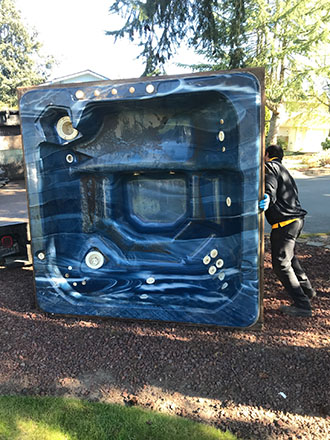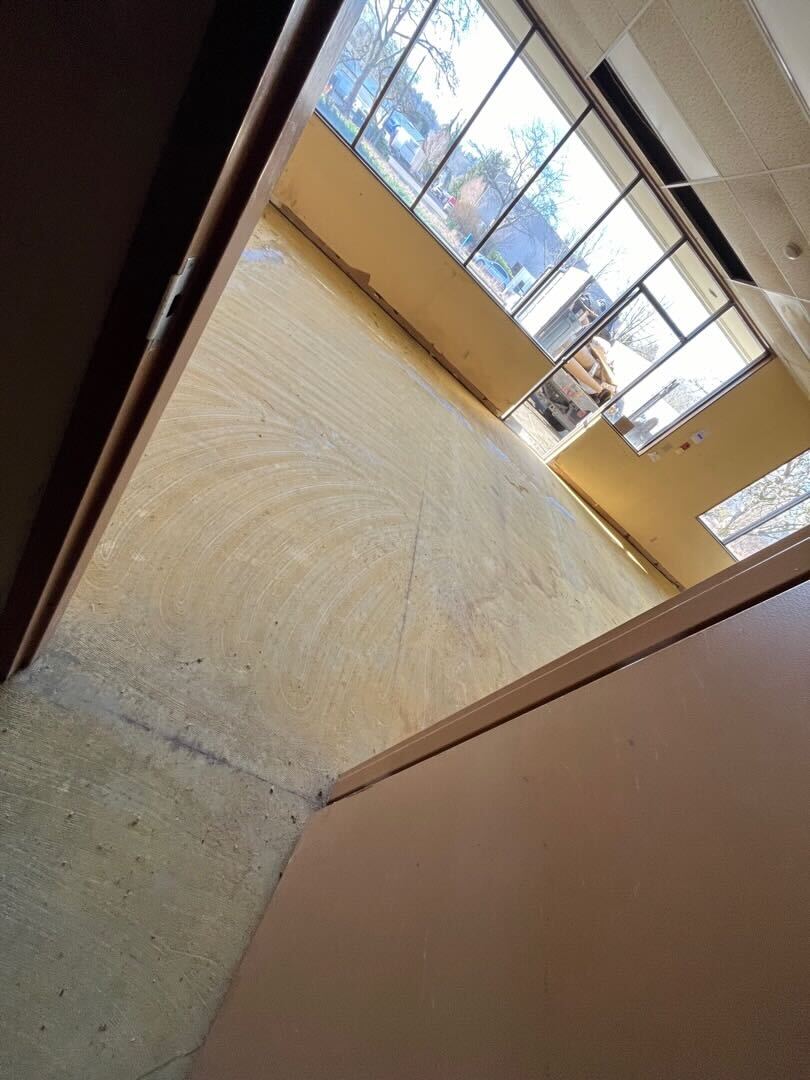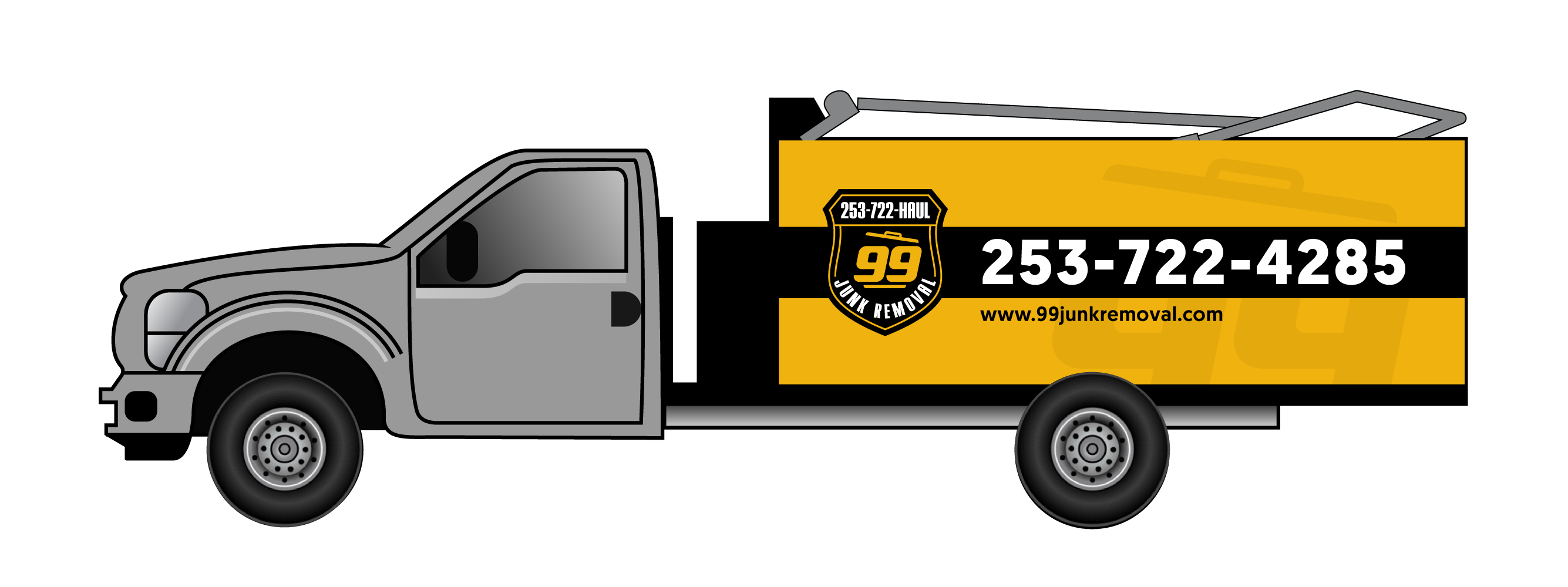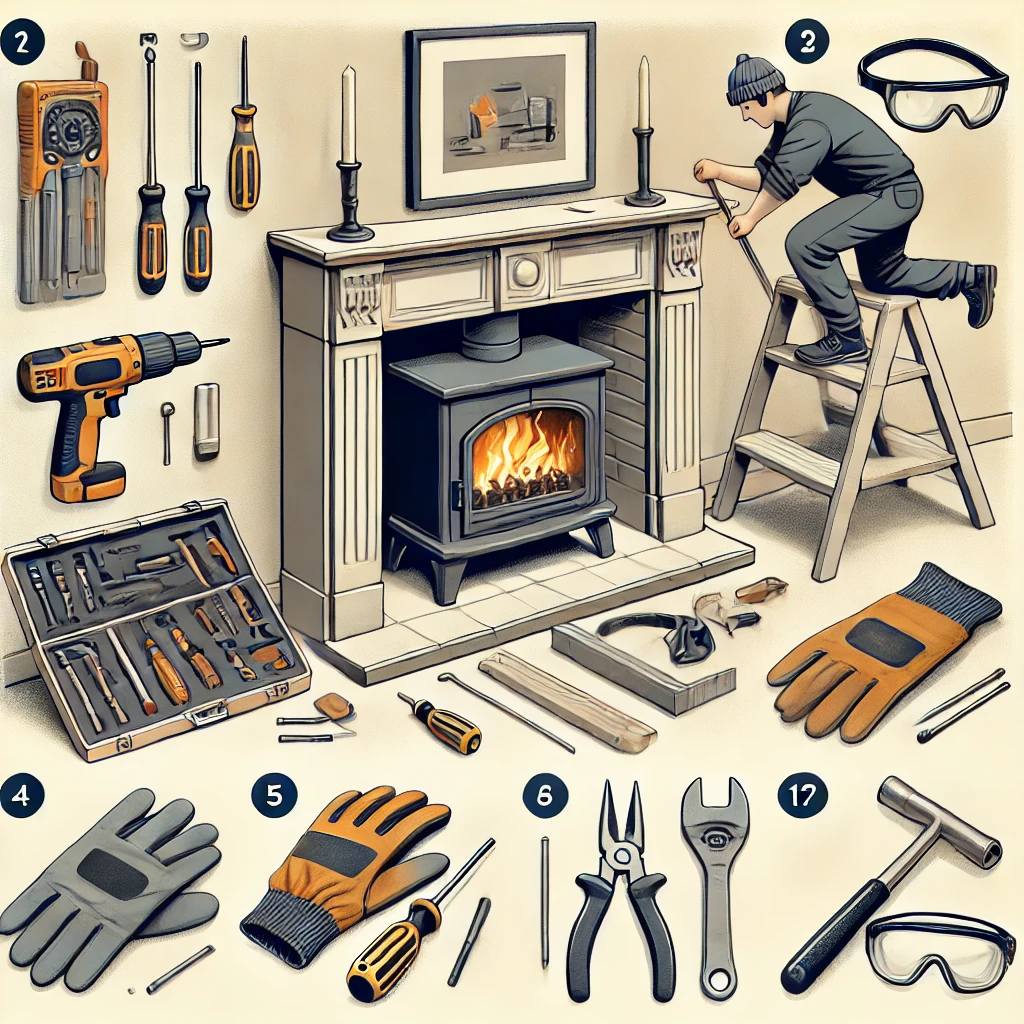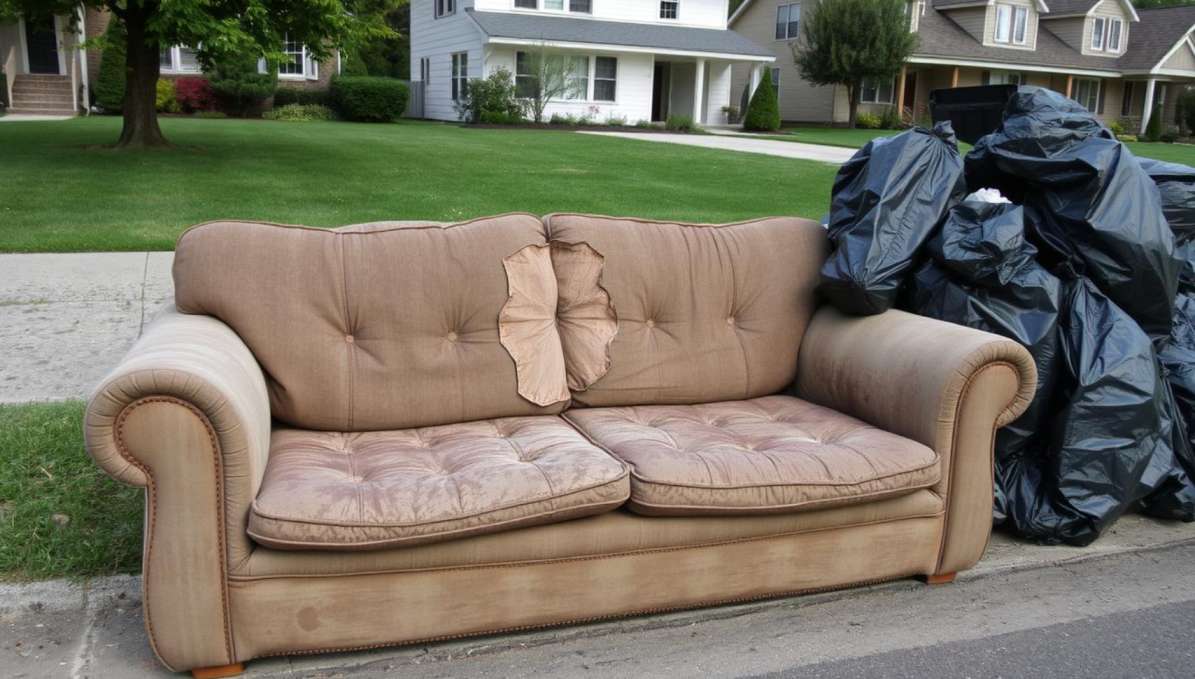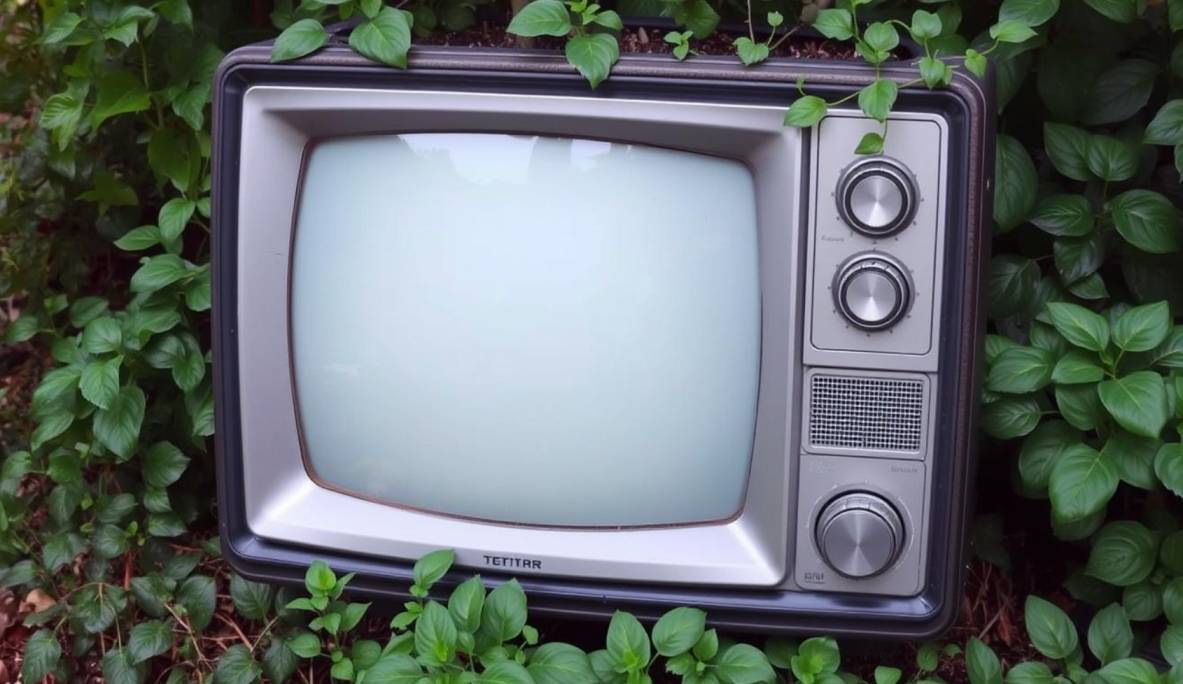Donating a mattress is one of the simplest ways to help someone in need while keeping waste out of landfills. Instead of tossing it to the curb, your gently used mattress can provide a safe, comfortable place to sleep for a family, individual, or child who might otherwise go without. It’s a small act that can make a big difference.
It’s also an eco-friendly choice. Mattresses take up a surprising amount of space in landfills and contain materials that can take years to break down. By donating, you’re helping reduce waste and give your mattress a second life—a win for both people and the planet.
Can You Donate a Used Mattress?
Donating a used mattress is a wonderful way to help someone in need, but not every mattress will qualify. Charities and non-profits have guidelines to ensure the items they provide are safe and usable. Here’s what you should know before scheduling a donation.
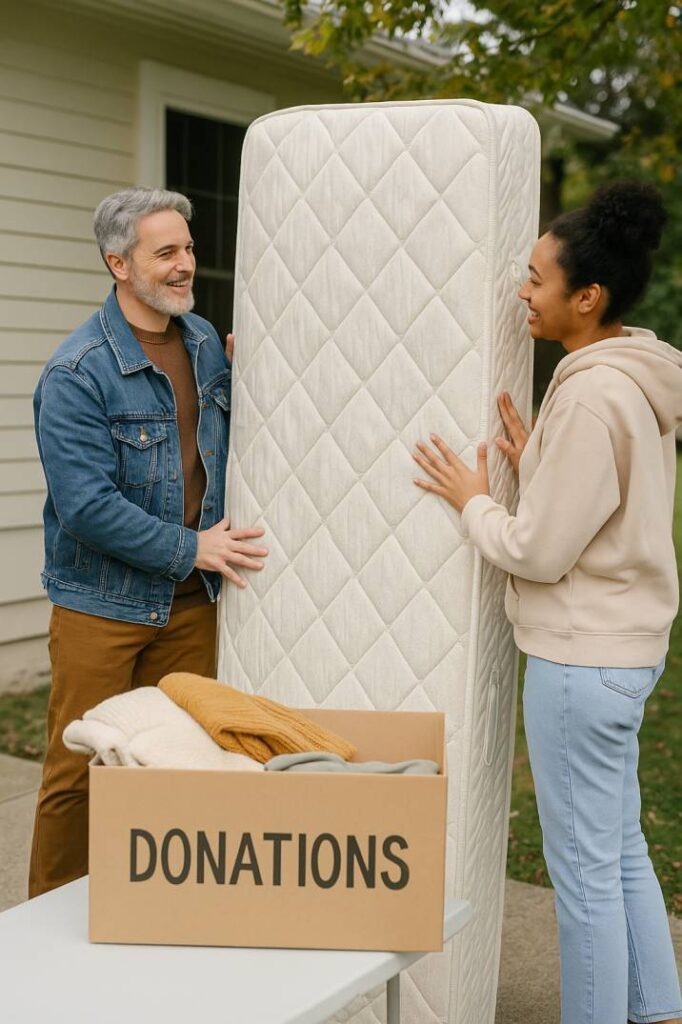
General Condition Requirements
To donate a mattress, it must meet basic standards:
- Clean and sanitary — No large stains, odors, or mold
- Structurally sound — No broken springs, sagging areas, or torn fabric
- Pest-free — Absolutely no signs of bed bugs, lice, or other infestations
If your mattress shows significant wear or damage, recycling might be a better option.
Local and State Laws to Consider
Some states and cities have strict health regulations regarding the resale or donation of used mattresses.
- In places like California, Connecticut, and Rhode Island, mattress recycling laws may limit what charities can accept.
- Some local shelters or non-profits may have internal policies that are even stricter than the law.
Before donating, it’s wise to call ahead and ask about their requirements based on your location.
What Types of Mattresses Are Usually Accepted?
Most organizations will take these, as long as they’re in good shape:
- Innerspring mattresses
- Memory foam or latex mattresses
- Hybrid mattresses (foam + spring)
- Box springs or foundations (depending on the charity’s policy)
Pro tip: Some groups may even accept bed frames or headboards if you’re donating the whole set.
Donating a mattress can truly help someone in need—but only if it meets safety and condition standards. Up next, we’ll explore where to donate your mattress so it gets to a good home.
Where to Donate a Mattress?
If your mattress is in good condition, donating it is a meaningful way to help someone in need. The key is knowing where to donate so your mattress makes the greatest impact. Below are several options—from large national organizations to smaller local groups—that often accept mattress donations.
National Charities
Many well-known organizations offer mattress donation programs or will accept mattresses at certain locations:
- Habitat for Humanity ReStores – These stores resell donated furniture, including mattresses, to help fund housing projects for low-income families.
- Salvation Army – Some branches accept clean, gently used mattresses and may provide free pick-up in certain areas.
- Furniture Bank – This network focuses on providing essential furniture—including beds—to families transitioning out of homelessness or poverty.
Always contact your local branch first, as mattress donation policies can vary based on state laws and the specific charity’s guidelines.
Local Shelters and Non-Profits
Local organizations are often directly connected to people in urgent need. Consider reaching out to:
- Homeless shelters – Mattresses in good condition can help furnish emergency housing.
- Domestic violence centers – These organizations often furnish safe houses for survivors starting over.
- Transitional housing programs – Programs supporting individuals moving from shelters into permanent homes may gladly accept mattresses.
Pro tip: These groups may not advertise mattress donation needs, but a quick call can often reveal opportunities to help.
Community Groups and Grassroots Networks
Don’t forget about smaller community-based options, such as:
- Churches and faith-based groups – Many run furniture banks or connect donations to congregation members in need.
- Mutual aid networks – These grassroots groups often coordinate direct donations between neighbors.
- Refugee resettlement programs – Organizations helping families new to your area may accept mattress donations to furnish apartments or homes.
These groups may offer more flexibility and may even assist with pick-up or matching you to a family directly.
Wherever you decide to donate, always check ahead for specific requirements—such as mattress size, cleanliness, or whether they’re accepting donations at that time. Some may also offer free or low-cost pick-up, which can make donating even easier.
Do Charities Offer Free Mattress Pick-Up?
Donating a mattress is a generous act—but figuring out the logistics is key. The good news is that some charities and non-profits do offer free pick-up services, especially for larger furniture items like mattresses. However, availability depends on the organization, your location, and the condition of your mattress.
How to Find Organizations That Provide Free Pick-Up
Start by reaching out to national charities like:
- Salvation Army – Many local branches provide free furniture and mattress pick-up as part of their community support services.
- Habitat for Humanity ReStores – Some locations may arrange pick-up for large donations, including mattresses.
- Furniture Bank Network – Known for helping furnish homes for families in need, many locations offer pick-up for large household items.
You can also check with local shelters, churches, or community centers. In some cities, mutual aid groups and grassroots organizations may offer free pick-up for direct redistribution to families.
What to Expect When Scheduling Pick-Up
If a charity offers free mattress pick-up, keep in mind:
- Scheduling may take time — Pick-up routes are typically planned in advance to maximize efficiency. It’s not unusual to wait a week or two for an available time slot.
- The mattress must meet donation guidelines — Before confirming the pick-up, most groups will ask about its condition. Expect to answer questions like:
Is it clean and free of stains?
Are there any tears or sagging?
Is it free of pests (bed bugs, etc.)? - Curbside vs. in-home pick-up — Some services may ask you to move the mattress outside or to a designated spot for easy collection.
Alternatives If Free Pick-Up Isn’t Available
If you can’t find a free service:
- Rent a small truck or borrow a vehicle from a friend or neighbor.
- Use community apps like Nextdoor or local Facebook groups to connect with someone who may assist with transport.
- Some charities offer low-cost pick-up services for a small fee to help cover fuel and labor costs.
Tip: If pick-up isn’t an option, some recycling centers or mattress retailers may accept drop-offs during certain hours.
How to Prepare Your Mattress for Donation
Before you donate your mattress, it’s important to make sure it’s in a condition that charities can accept and someone else can safely use. A little effort on your part can ensure the donation process goes smoothly and that your mattress finds a good home.
Clean and Sanitize Your Mattress
The first step is to thoroughly clean your mattress.
- Vacuum both sides to remove dust, dirt, and pet hair.
- Use a fabric-safe cleaner or mild soap to spot-clean any minor stains.
- If possible, let the mattress air out for a few hours outdoors or in a well-ventilated room to help eliminate odors.
A clean, fresh mattress is far more likely to be accepted by a charity and appreciated by its next owner.
Remove Bedding, Stains, and Check for Pests
Be sure to remove all bedding, including mattress covers, toppers, and sheets, before donation.
- Carefully inspect for stains, tears, or damage—if you can clean or mend these, do so.
- Most importantly, check for any signs of bed bugs or pests. Even a minor infestation means the mattress isn’t suitable for donation and should instead be properly disposed of or recycled.
Tip: If you’re unsure whether your mattress is pest-free, consider a professional inspection—especially if it has been in storage.
Secure the Mattress for Transport or Pick-Up
Whether you’re dropping it off or waiting for a charity to pick it up, make sure the mattress is ready for safe transport:
- Wrap it in plastic or a mattress bag to protect it from dirt and moisture during transit.
- If you’re moving it yourself, tie it securely to your vehicle or use straps to prevent shifting.
- If a charity is picking it up, place the mattress in an easily accessible location as requested (e.g., curbside, garage).
Proper prep helps ensure your mattress arrives at its next stop in good condition, ready for reuse.
Can I Get a Tax Deduction for Donating a Mattress?
The short answer is yes—you may be able to claim a tax deduction for donating a mattress, as long as you give it to a qualified non-profit or charity. Many charitable organizations that accept furniture donations are recognized as 501(c)(3) tax-exempt groups, which means your donation could be deductible on your federal tax return. This can help offset your costs while supporting a great cause.
What Documentation Do You Need?
To claim the deduction, you’ll need to get a receipt from the charity at the time of donation.
- The receipt should include the organization’s name, address, the date of the donation, and a description of the mattress.
- You’ll also need to assign a fair market value to the mattress—that is, what it would reasonably sell for in its current condition (not what you paid for it new).
- Some charities can provide a valuation guide, but often it’s up to the donor to estimate the value. Keeping photos of the mattress can be helpful in case of an audit.
Tip: The IRS requires extra documentation for donations valued over $500, including Form 8283.
When Should You Consult a Tax Professional?
If you’re donating multiple items or the value of your donation is significant (especially over $500), it’s a smart idea to check with a tax advisor or accountant. They can help ensure you’re filling out the right forms, applying an appropriate valuation, and keeping the necessary records to back up your deduction.
Bottom line: Donating your mattress can help someone in need and provide you with a small tax benefit—but it’s important to handle the paperwork correctly so you can claim it with confidence.
When Should You Recycle Instead of Donate?
While donating a mattress is a wonderful way to help someone in need, not every mattress is suitable for donation. If your mattress is heavily stained, torn, sagging, or missing parts, most charities won’t be able to accept it. And if you notice any signs of pests, like bed bugs or mites, it’s best to skip donation altogether—these issues pose health risks and can’t be passed along to someone else.
How to Find a Mattress Recycling Center
If your mattress isn’t donation-worthy, recycling is the next best option. Mattress recycling centers specialize in breaking down old beds and recovering valuable materials like steel springs, foam, and fabric.
- Start by searching online for “mattress recycling near me” or visiting websites like Bye Bye Mattress (run by the Mattress Recycling Council) to find certified facilities.
- Many cities also offer drop-off events or partner with recycling programs where you can leave mattresses for proper processing.
- Some junk removal services provide mattress recycling as part of their eco-friendly disposal options.
Tip: Always call ahead to confirm the center’s requirements and any fees—they’re usually small and go toward processing costs.
Eco-Friendly Disposal Alternatives
If recycling centers aren’t available in your area, consider these environmentally responsible options:
- Retailer take-back programs: When you buy a new mattress, ask if the store offers recycling or haul-away for your old one.
- Community recycling events: Many municipalities host bulky item or green waste events that include mattress collection.
- Creative reuse: In some cases, parts of the mattress—like wood frames or padding—can be repurposed for DIY projects or donated to creative reuse centers.
Choosing recycling over landfill disposal ensures that your old mattress doesn’t add to waste problems and helps conserve resources. It’s a simple but powerful way to reduce your environmental footprint.
FAQs About Donating a Mattress
Who will take a used mattress as a donation?
Several national and local organizations accept used mattress donations as long as the mattress is in good condition. Habitat for Humanity ReStores, Furniture Banks, and some Salvation Army locations are great places to start. Additionally, many local shelters, faith groups, and mutual aid networks may gladly accept mattresses to help families in need. Just remember—always check their current donation guidelines first, as policies can vary by location.
Can I donate a mattress with minor stains?
It depends on the organization’s policy, but in general, mattresses with minor, small stains may still be accepted if the overall condition is clean, odor-free, and structurally sound. However, large stains, deep discoloration, or visible damage will usually disqualify a mattress from donation. When in doubt, send photos or ask the charity to evaluate the mattress before arranging drop-off or pick-up.
Do all charities accept mattress donations?
No—not all charities can accept mattresses, even if they take other furniture. Many have health and safety regulations to follow, especially concerning hygiene and potential infestations. Local laws in some areas may also limit what can be donated. It’s always smart to call ahead or visit the charity’s website to check their specific requirements.
How old can a mattress be to donate?
There’s no universal age limit, but generally, mattresses less than 7–10 years old that are still supportive, clean, and in good condition are preferred. A mattress that’s too old may not offer adequate comfort or support for its next user—even if it looks fine on the surface.
Is mattress donation better than recycling?
Both options serve a valuable purpose. Donation is ideal if the mattress is still usable and can help someone in need. Recycling is the better choice when the mattress is worn out, damaged, or no longer suitable for sleep. Either way, you’re keeping the mattress out of landfills—and that’s a win for the environment.



